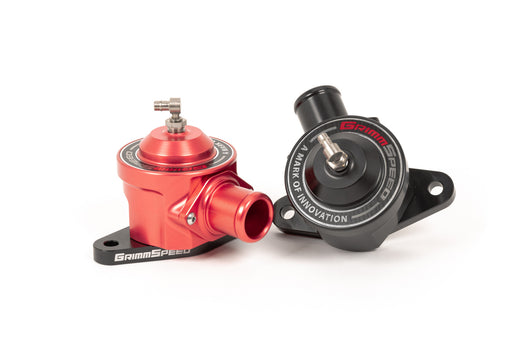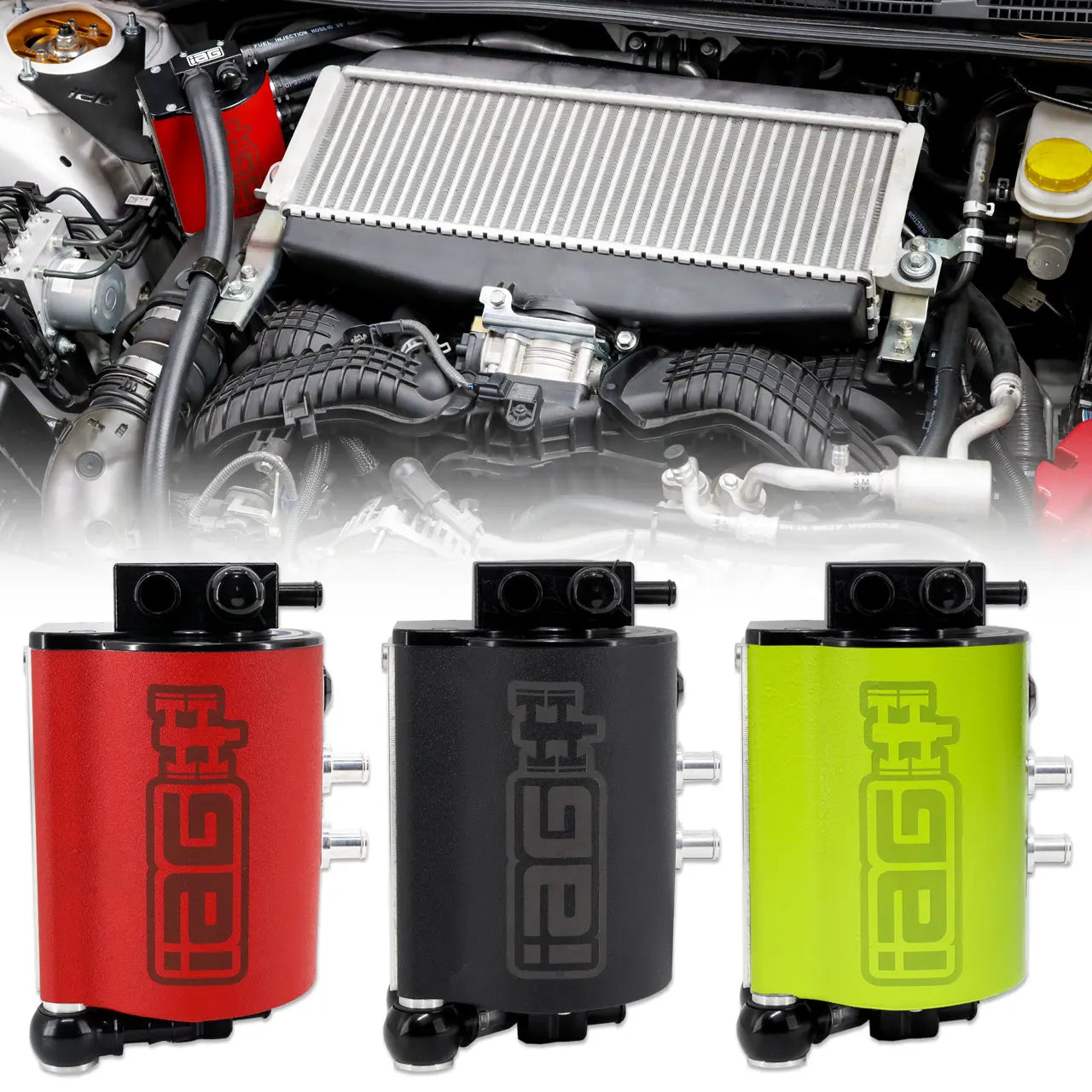
Exploring Vent-to-Atmosphere vs. Recirculating Blow-Off Valves for Turbo Subaru Models
Introduction: Blow-off valves (BOVs) are a hot topic among Subaru WRX and STI enthusiasts, particularly the debate between vent-to-atmosphere (VTA) and recirculating BOVs. These components play a vital role in managing excess boost pressure, each with its own unique characteristics, advantages, and considerations. Let's dive into the differences between VTA and recirculating blow-off valves, including insights on speed density tuning when opting for a VTA setup.
Vent-to-Atmosphere Blow-Off Valve (VTA):
1. The Iconic "Psssh" Sound:
- VTA BOVs are known for their distinctive "psssh" sound when releasing excess boost pressure.
- By venting directly to the atmosphere, enthusiasts get that attention-grabbing noise between shifts.
2. Quick Response
- Some argue that VTA BOVs offer quicker response times as there's no need to recirculate air back into the system.
3. Performance Impact and Speed Density Tuning:
- With a VTA setup, the airflow that's normally recirculated isn't returned to the intake system.
- This can lead to a slightly richer air-fuel mixture between shifts, affecting performance.
- Speed density tuning, which replaces the Mass Airflow Sensor (MAF) with an Intake Air Temperature sensor (IAT) , is often necessary for proper VTA BOV operation.
- Speed density tuning requires precise calibration to account for the sudden air release, maintaining the engine's correct air-fuel ratio.
- In some cases, your tuner may do what known as a Hybrid tune. In this case you will utilize both Mass Airflow Sensor (MAF) and an Intake Air Temperature sensor (IAT) to optimize drivability in all RPM ranges.
Hybrid Recirculating Blow-Off Valve (ie. GFB Hybrid Valve):
1. Balanced Performance:
- Hybrid recirculating BOVs like the Go Fast Bits (GFB) valve offer a compromise between VTA and fully recirculating setups.
- The GFB valve allows you to recirculate some air back into the intake while venting excess pressure to the atmosphere.
2. Tuning Considerations with GFB Valve:
- Tuning with a GFB valve is similar to a fully recirculating BOV, as it works in harmony with the MAF sensor.
- The ability to recirculate some air allows for more stable tuning, reducing the likelihood of running rich or lean.
Recirculating Blow-Off Valve (Recirculating BOV):
1. Subtle and Consistent Boost:
- Recirculating BOVs channel excess boost pressure back into the intake system, resulting in a quieter operation.
- The absence of the "psssh" sound makes this option more subtle for those seeking a stealthier setup.
2. Improved Tuning Stability with MAF Sensor:
- Recirculating BOVs work harmoniously with the MAF sensor, providing stable readings for the engine's ECU.
- Tuning is generally more straightforward with a recirculating setup, reducing the likelihood of running rich or lean.
Conclusion: Deciding between a vent-to-atmosphere (VTA), Hybrid, and recirculating blow-off valve (BOV) for your Subaru WRX or STI involves balancing preference, performance, and tuning considerations.
- If you're drawn to the "psssh" sound and are willing to invest in speed density tuning for precise air-fuel ratio control, a VTA BOV could be your choice.
- For those seeking a compromise between sound and performance, a hybrid recirculating BOV like the Go Fast Bits (GFB) valve offers balanced characteristics.
- For those prioritizing consistent performance, and straightforward tuning, a recirculating BOV offers a quieter, more stable option.
Remember, proper tuning is crucial with VTA BOV's. Consultation with an experienced tuner, especially when delving into speed density tuning with a VTA setup, is highly recommended. This ensures your Subaru maintains optimal performance while embracing the distinctive character that comes with your chosen blow-off valve configuration.




Leave a comment
This site is protected by hCaptcha and the hCaptcha Privacy Policy and Terms of Service apply.